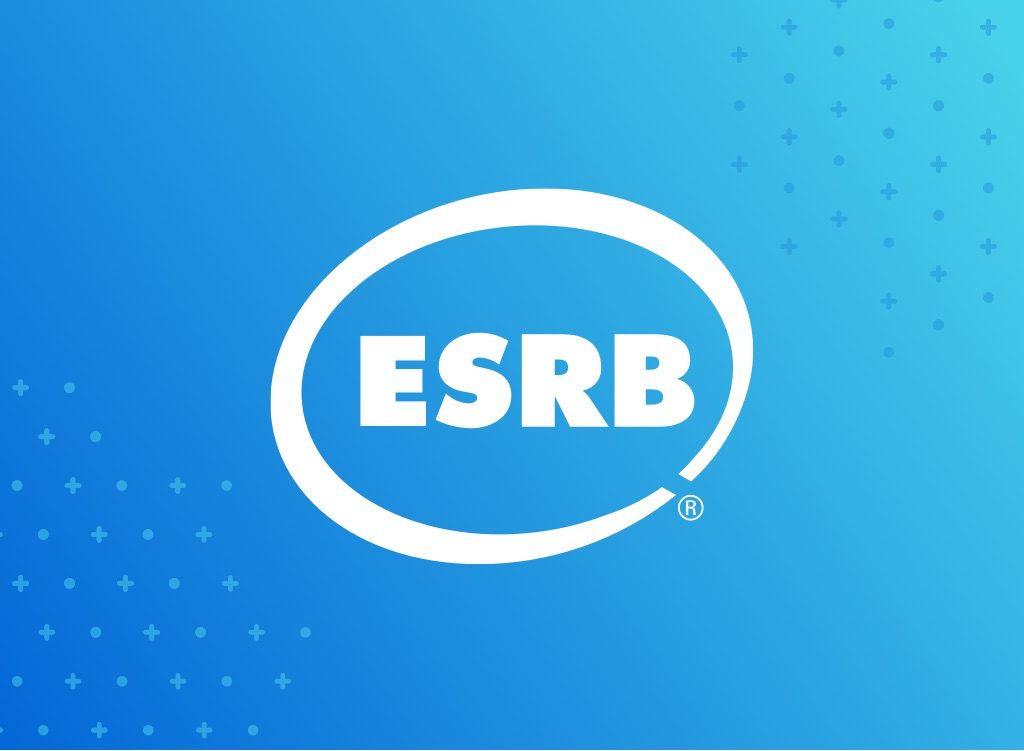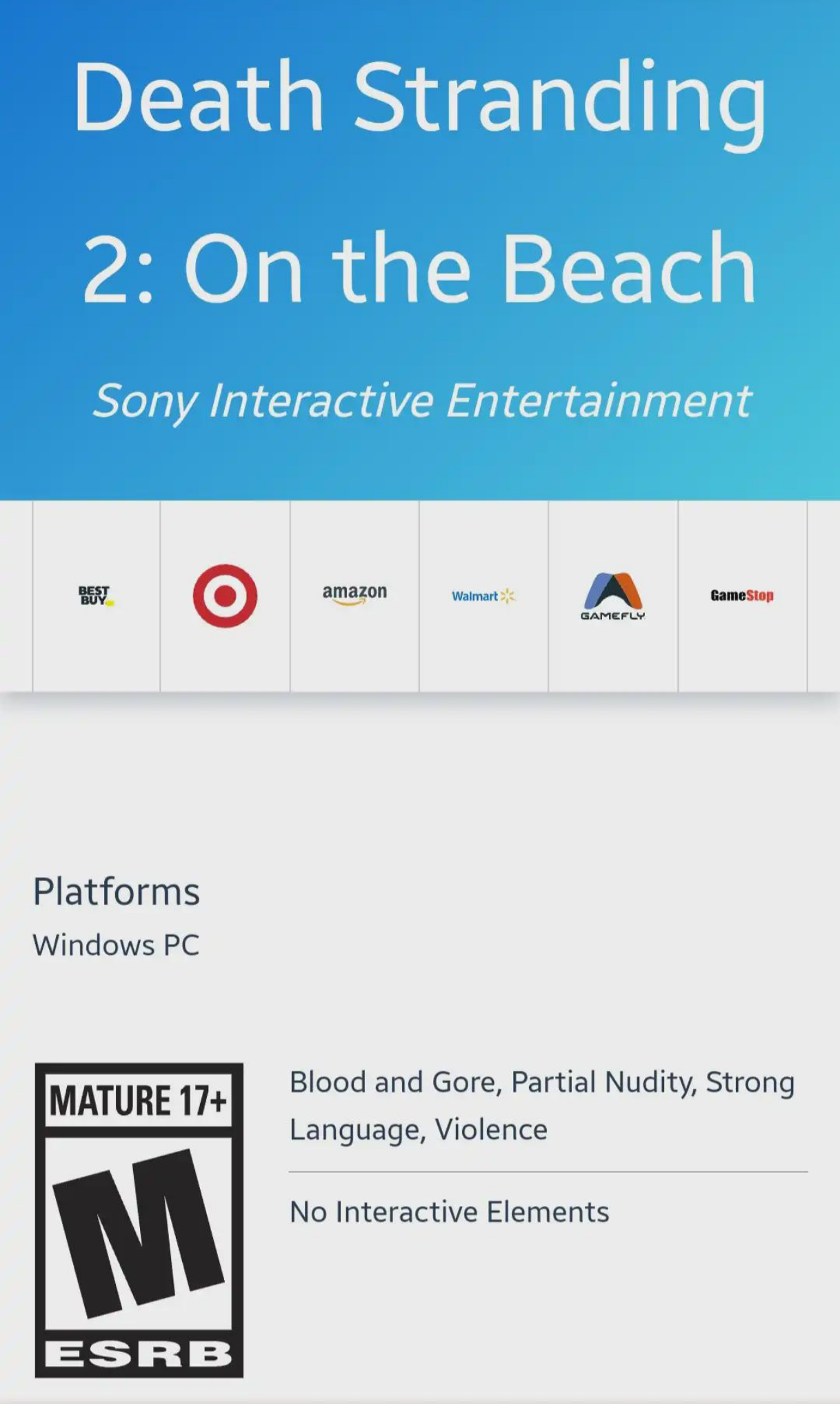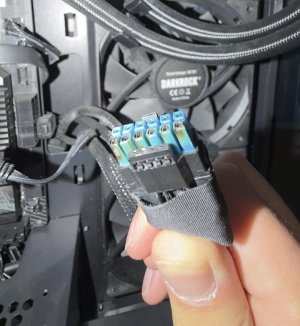You are using an out of date browser. It may not display this or other websites correctly.
You should upgrade or use an alternative browser.
You should upgrade or use an alternative browser.
Quick News
- Thread starter Feronix
- Start date
Dicehunter
Resident Newb
I honestly don't understand how this is happening because the AMD cards are not drawing the same power as the nGreedia cards.
Is this a case again of a connector not being fully inserted, bad bend on the cables before the connector etc etc??
From what I read there's also no load line balancing on the AMD cards that use this connector so regardless of load it too can melt.
NeverBackDown
AMD Enthusiast
It's always been the connector. The Nvidia issues were that and the fact the power limit of the connector was hardly above full power Nvidia top end cards, just exasperated the problem.
Won't be long before there is a class action in america I suspect, if AMD are cards are now burning up as well.
All because manufacturers decide to cheap out and nGreedia do what nGreedia do best "create something new, force it on all and then let others fix all it's problems".
All because manufacturers decide to cheap out and nGreedia do what nGreedia do best "create something new, force it on all and then let others fix all it's problems".
WYP
News Guru
From what I read there's also no load line balancing on the AMD cards that use this connector so regardless of load it too can melt.
This is a part of the problem, and honestly, I do not understand why Sapphire didn't do load balancing and consider the connector as three 8-pins. Split the power evenly over the six 12V pins. 2 pins deliver up to 150W each.
That said, the lack of load balancing is only a problem because the standard has such a low safety tolerance.
It's always been the connector. The Nvidia issues were that and the fact the power limit of the connector was hardly above full power Nvidia top end cards, just exasperated the problem.
Agreed. At a minimum, the standard needs to be updated to some form of load balancing on the powered device (in this case the GPU). It's very simple, consider the connector to be three 200W ports with two 12V pins. Then power the GPU like you would a GPU with three 8-pin power connectors, though with a 200W per connector limit instead of 150W. That is the MINIMUM that needs to be done to make things safer.
Ideally, I would like to see a new standard with a higher safety tolerance that also adopts a form of load balancing on the device side.
Won't be long before there is a class action in america I suspect, if AMD are cards are now burning up as well.
All because manufacturers decide to cheap out and nGreedia do what nGreedia do best "create something new, force it on all and then let others fix all it's problems".
Given the current state of America, I do not see a class action against the country's most valuable company going well. That said, I would love to see some accountability.
Nvidia doesn't allow its high-end GPUs to use alternative power connectors, so Nvidia's partners literally can't use traditional connectors, even if they wanted to.
Dicehunter
Resident Newb
Apparently Nvidia told AIC, Whatever that is, That the Super series is simply delayed to Q3 and not cancelled - https://videocardz.com/newz/nvidia-...ill-lack-geforce-rtx-50-super-technical-specs
Dicehunter
Resident Newb
Death Stranding 2 gets ESRB PC age rating, Hopefully won't be too long before it releases on PC.

 www.esrb.org
www.esrb.org


Death Stranding 2: On the Beach - ESRB
Death Stranding 2: On the Beach - Mature 17+ - Death Stranding 2: On the Beach is rated M for Mature 17+ by the ESRB with Blood and Gore, Partial Nudity, Strong Language, and Violence.

Dicehunter
Resident Newb
Todays new Nvidia driver re-adds 32bit Physx support to select games -
New driver re-adds 32bit Physx support to 5000 series on select titles
Alice: Madness Returns
Assassin’s Creed IV: Black Flag
Batman: Arkham City
Batman: Arkham Origins
Borderlands 2
Mafia II
Metro 2033
Metro: Last Light
Mirror’s Edge
Arkham Asylum Physx support also coming in early 2026 according to Nvidia's Jacob Freeman on Twitter.
Full article - https://www.nvidia.com/en-us/geforce/news/battlefield-6-winter-offensive-geforce-game-ready-driver/
New driver re-adds 32bit Physx support to 5000 series on select titles
Alice: Madness Returns
Assassin’s Creed IV: Black Flag
Batman: Arkham City
Batman: Arkham Origins
Borderlands 2
Mafia II
Metro 2033
Metro: Last Light
Mirror’s Edge
Arkham Asylum Physx support also coming in early 2026 according to Nvidia's Jacob Freeman on Twitter.
Full article - https://www.nvidia.com/en-us/geforce/news/battlefield-6-winter-offensive-geforce-game-ready-driver/
Dicehunter
Resident Newb
Todays update to Avatar Frontiers of Pandora has introduced DLSS4 with Transformer model, Nvidia Ray Reconstruction and Nvidia Multi Frame Gen.
Only took them 2 years to add
Only took them 2 years to add
WYP
News Guru
Todays update to Avatar Frontiers of Pandora has introduced DLSS4 with Transformer model, Nvidia Ray Reconstruction and Nvidia Multi Frame Gen.
Only took them 2 years to add
Well, the new movie is coming soon, and they have a DLC that ties into the movie. The timing makes sense.
Dicehunter
Resident Newb
Dicehunter
Resident Newb
A demo of Final Fantasy 7 Remake Intergrade is now available on PC via the Xbox app.

Get FINAL FANTASY VII REMAKE INTERGRADE DEMO | Xbox
This is a demo of FINAL FANTASY VII REMAKE INTERGRADE. In this demo, players can enjoy the entire first chapter - the mako reactor bombing mission.
www.xbox.com

Similar threads
- Replies
- 3
- Views
- 326
- Replies
- 0
- Views
- 227
- Replies
- 8
- Views
- 1K
- Replies
- 0
- Views
- 307


